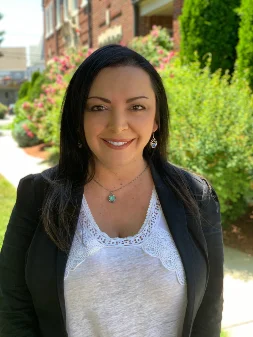
Environmental art became popular in the late 20th century because of growing concern and awareness for the environment. Environmental art has several overlapping characteristics as land art or earthworks, but comments or establishes an opinion on environmental issues. As artists continue to think about the environment as a cohesive system rather than a living space, the appeal and spread of environmental art continues. Here are the basic elements of environmental art to help gain a better understanding of the term.
Environmental artists try to establish their relationship with the natural world in several ways. One way is through bringing their creative workspaces out of the studio and into the environment. This challenges the static concept of a specific place for creating art and instead allows a more integrated relationship with a variety of settings.
Environmental art is all about working with nature instead of against it. Artists who create environmental art take special care in their processes and material usage in order to minimize damage to the surroundings. The health and wellbeing of the environment takes precedence over the artistic process, which also means environmental art is vulnerable to the same changes (such as erosion, flooding and decay).
Besides natural settings, environmental artists use natural materials in creating art. Common examples include sticks and branches, stone, gravel, sand, flowers and leaves. The goal of environmental art is to encourage the viewer to look at the natural environment differently through art. Ultimately, the idea is to create a greater awareness of small but important details of the natural world and our effect on them.
Taking its cue from land art, environmental art exists outside of the commercialized art world. While you may find environmental art in urban areas, you won’t find it in a museum or art gallery. This creates an enhanced accessibility for viewers and allows them to participate in art even if they have never considered or been able to visit an established institution before. A lot of environmental art means to send a message as activism and this denial of the more traditional art world factors into that by giving ownership of the art to nature rather than gallery owners and other organizations.
As science advances and environmental awareness grows, so does the power and popularity of environmental art. Artists who want to send a message about the importance of humanity’s relationship with the natural world can do so in a variety of ways through art. While environmental art exists in many facets and forms, these key elements are the most important in understanding the term.

Barbara started in Real Estate in 2006 after another Realtor told her that her personality made her a perfect fit for the industry. There is no doubt that Barbara’s lively personality and warm heart make her an awesome Realtor. Barbara was born in Italy and speaks fluent Italian. She grew up in Medford and eventually moved to Everett where she resides today. Her personality combined with her background in home insurance and customer service make her experienced in multiple facets of Real Estate and willing to work hard to help her clients achieve their goals. In my spare time I volunteer at animal shelters and foster dogs until we find their forever home. I am also proud to say that with every transaction I complete, a portion of my commission is donated to a local animal shelter.